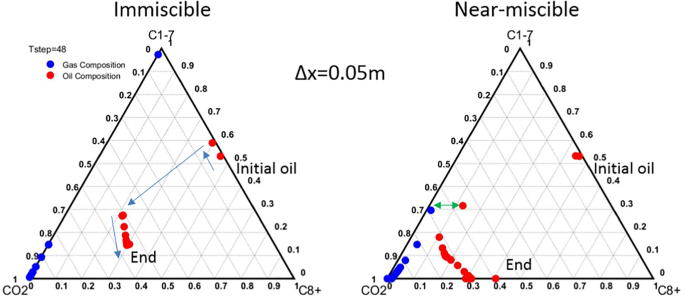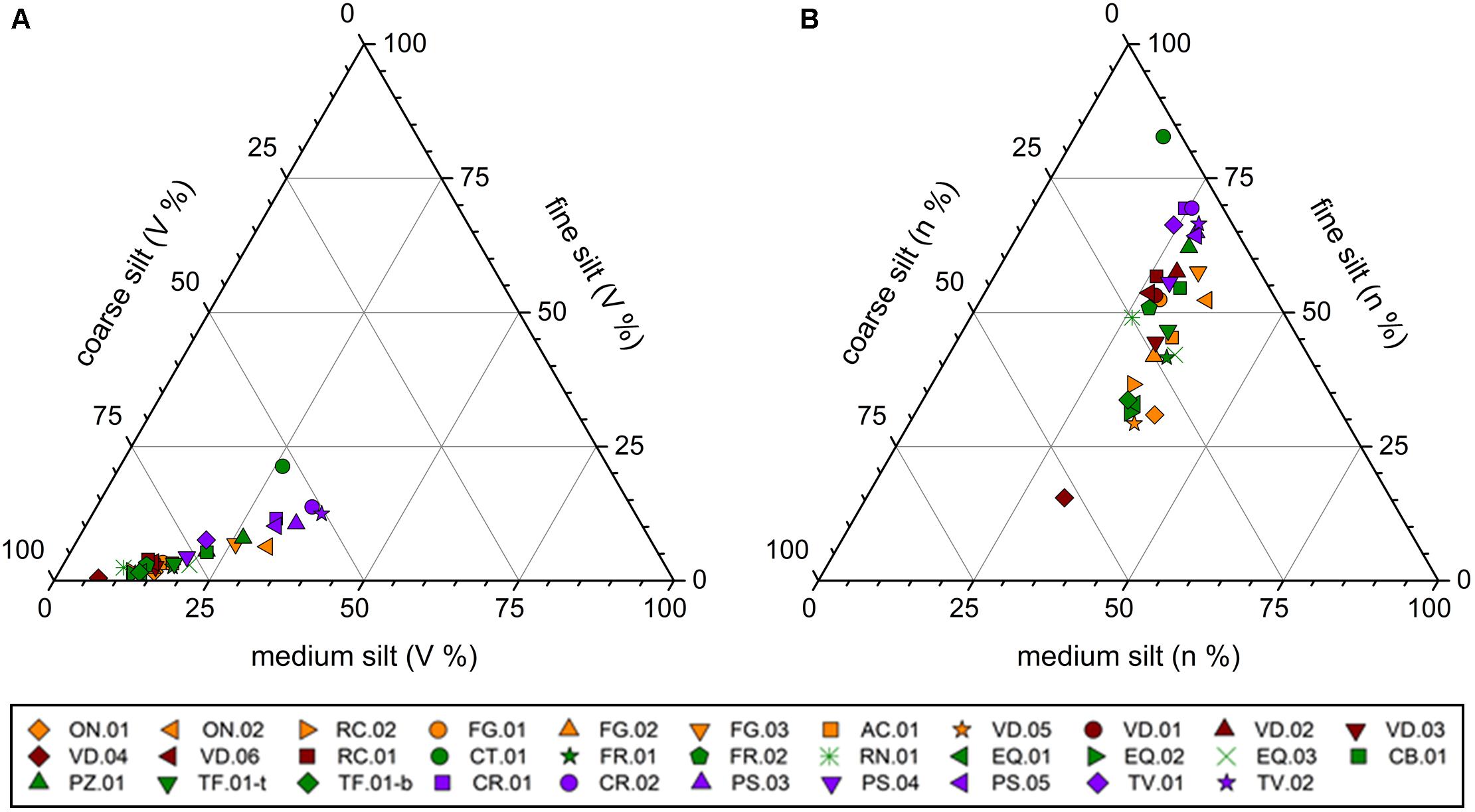

This article reviews operational and conceptual flaws of traditional classification criteria and suggests how to describe and classify in a clear and exhaustive way the composition of sand or sandstone samples in a scientific article or technical report. The road is, however, long and winding, and a firm methodological approach is essential to staying on track. The petrographic study of sedimentary archives is one of the many keys to deciphering geological history. The aim of this classification is to restore directness in sandstone petrology, and to avoid ambiguities generated in the past by making reference to badly defined archetypes, such as greywacke or arkose, thus confusing petrographic composition with subjective considerations about plate-tectonic setting, texture, hydraulic behaviour, mechanical durability, or chemical durability in the illusion that a classification could be genetic at the same time as descriptive. Modern sand known to be derived from different source rocks and found in major world's rivers, deserts, and deep-sea fans fits in the pigeonholes defined by the relative abundance of quartz, feldspar, and lithic fragments. For lithic-poor feldspatho-quartzose and quartzose sand and sandstone, further formal subdivisions are proposed based on the Q/F ratio, thus reaching a total of 18 compositional fields overall.

TERNARY DIAGRAM DETRITUS FREE
For lithic-rich sand and sandstone, information on the prevailing rock fragment type can be added by an additional free adjective (e.g., metamorphiclastic, carbonaticlastic), as proposed long ago by R.V. According to standard use, the less abundant component goes first, the more abundant last (e.g., litho-feldspatho-quartzose composition translates into Q > F > L > 10%QFL). Weltje - which reflect relative abundances of the three main framework components (provided they exceed 10%QFL). The classic QFL plot is subdivided into 15 fields - labelled by adjectives introduced long ago by K.A.W.

The descriptive petrographic classification of sand and sandstone proposed in this paper is based on the quasi-universally used Gazzi-Dickinson point-counting method, and simply translates into words ternary compositions of quartz, feldspar, and lithic fragments without introducing any new names. A renovation that treasures the legacy of the pioneers is required. As a consequence, too many scientific articles and technical reports are still encumbered with obsolete concepts, graphical tools, and ambiguous terminology that make sediment descriptions awkward and misleading. Petrographic classifications of sand and sandstone proposed more than half a century ago are still in use, although they were formulated at a time when depositional and post-depositional sedimentary processes were poorly understood, and before the relationships between tectonics and sedimentation could be interpreted in modern plate-tectonic terms.


 0 kommentar(er)
0 kommentar(er)
